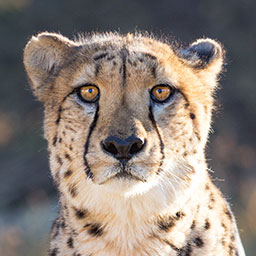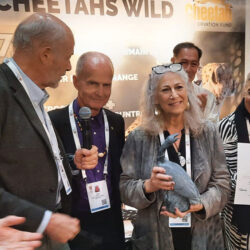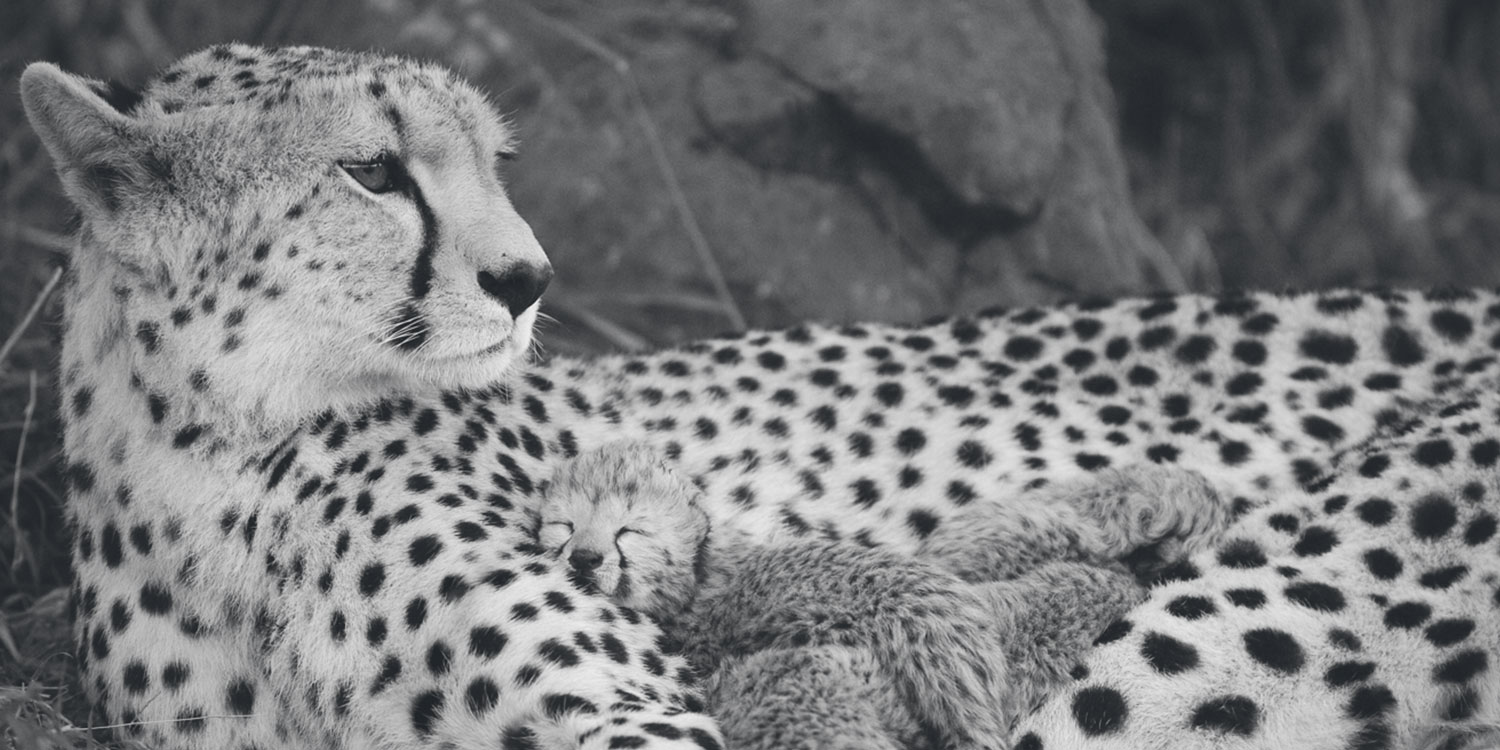Researchers Convene at Symposium to Conduct a Conservation Assessment of Namibia’s Carnivores, to produce a Red Data Book on Carnivores in Namibia
-

- by CCF Staff November 27, 2017
FOR IMMEDIATE RELEASE
Large Carnivore Management Association
c/o Namibia Nature Foundation
Pox Box 245
Windhoek
Contact:
Dr. Laurie Marker, 081 1247887, [email protected];
or Dr. Chris Brown, 061 240 140, [email protected]
Researchers Convene at Symposium to Conduct a Conservation Assessment of Namibia’s Carnivores, to produce a Red Data Book on Carnivores in Namibia
Windhoek – (27 November 2017) – From 8th – 10th of November, researchers from across Namibia convened at B2Gold’s Otjikoto Nature Reserve and Environmental Centre to conduct an assessment of the conservation status of Namibia’s carnivore species. This symposium represented the first step in the compiling of a Namibian Carnivore Red Data Book. Coordinated by the Large Carnivore Association of Namibia (LCMAN), the Ministry of Environment and Tourism (MET) and the Namibian Chamber of Environment (NCE), the symposium was facilitated by Dr. Chris Brown, CEO of the NCE and sponsored by B2Gold.
Over 20 people were in attendance at the Symposium and presentations were given on each of the 34 carnivore species that occur in Namibia. In addition to MET and NCE, the Symposium was attended by representatives from the University of Namibia (UNAM), LCMAN member organizations including Namibian nongovernmental organisations and carnivore researchers, environmental scientists, farmers, and private individuals demonstrated the wide breadth of knowledge concerning the distribution of Namibia’s carnivores, as well as highlighted research gaps. Additional anthropogenic threats, information on species ranges, population trends, data sources, and conservation actions were discussed.
“This is the first time that this type of process has been conducted for Namibia’s carnivores” according to Dr. Laurie Marker, LCMAN Chair. “It was a very important process to undertake, as carnivore ranges continue to shift and change with the interactions of humans’ land use and other aspects of wildlife management in the country.”
Species leads and team members were identified and agreed upon among attendants, who will share data between themselves to create historical, past, and current distribution maps and compile species accounts for the Namibian Carnivore Red Data Book. Distribution maps of the 34 species on Namibian carnivores, ranging from 9 species of mongoose, 2 otter species, 3 species of genets, and a variety of the large and smaller carnivores will be compiled from expert data and knowledge by Alice Jarvis from JARO Consultancy, who manages the countries web-based Environmental Information service (EIS). The book will be compiled by the various species’ teams, edited by John Pallett, and is slated to be completed by August 2018.
“Bringing all the carnivore specialists and relevant organisations together to assess the conservation status of carnivores in Namibia, to identify threats and to develop a carnivore conservation action plan that considers relevant socio-economic issues is an important step in preparing integrated, cost effective management, research and monitoring approaches for carnivores in Namibia” said Dr Chris Brown. “This must lead on to ever closer collaboration between all the individuals and organisations, as good scientifically-based management is vital in the face of emotive armchair conservationists on social media.
Editor’s Notes:
The Large Carnivore Association of Namibia (LCMAN) was formed in 1996 bringing together the stakeholders of Large Carnivores, including conservationists and researchers, farmers, hunters and the Ministry of Environment and Tourism. LCMAN’s objectives include:
- Establishing management strategies to mitigate human wildlife conflict;
- Increasing communal farmer participation (both conservancy and non-conservancy) in LCMAN;
- Gathering information and disseminating it with respect to all aspects of large carnivores, in particular HWC mitigation;
- Assisting with and promoting national management plans and strategies for priority species;
- Assisting with the HWC situation in targeted priority and high conflict areas; and
- Working with the captive large carnivore sector as appropriate, including providing assistance to MET with registration of captive carnivores and the setting and monitoring of standards.
For more information: http://carnivore-namibia.org/ or contact: Faith Munyebvu [email protected]
The IUCN Red Data Book and the Global Species Programme, works with the Species Survival Commission and many partners, and remains firmly committed to providing the world with the most objective, scientifically-based information on the current status of globally threatened biodiversity. The plants, fungi and animals assessed for The IUCN Red List are the bearers of genetic diversity and the building blocks of ecosystems, and information on their conservation status and distribution provides the foundation for making informed decisions about conserving biodiversity from local to global levels.
The IUCN Red List of Threatened Species™ provides taxonomic, conservation status and distribution information on plants, fungi and animals that have been globally evaluated using the IUCN Red List Categories and Criteria. This system is designed to determine the relative risk of extinction, and the main purpose of the IUCN Red List is to catalogue and highlight those plants and animals that are facing a higher risk of global extinction (i.e. those listed as Critically Endangered, Endangered and Vulnerable). The IUCN Red List also includes information on plants, fungi and animals that are categorized as Extinct or Extinct in the Wild; on taxa that cannot be evaluated because of insufficient information (i.e., are Data Deficient); and on plants, fungi and animals that are either close to meeting the threatened thresholds or that would be threatened were it not for an ongoing taxon-specific conservation programme (i.e., are Near Threatened).
Related Reading


